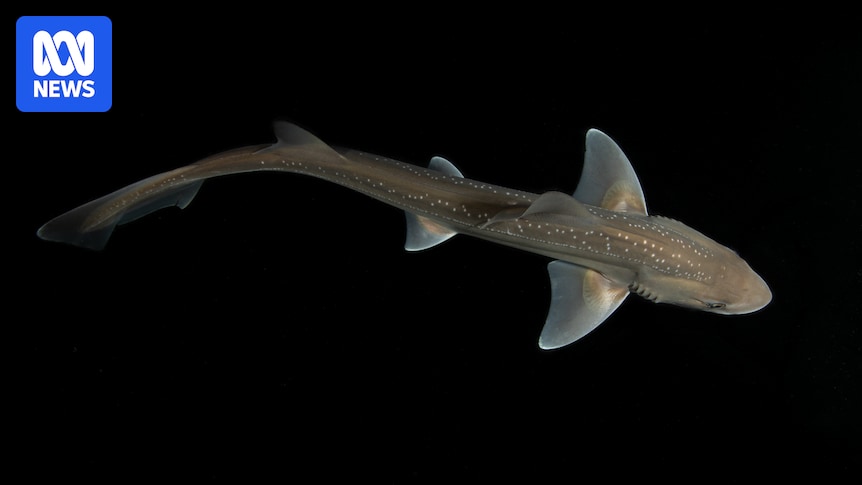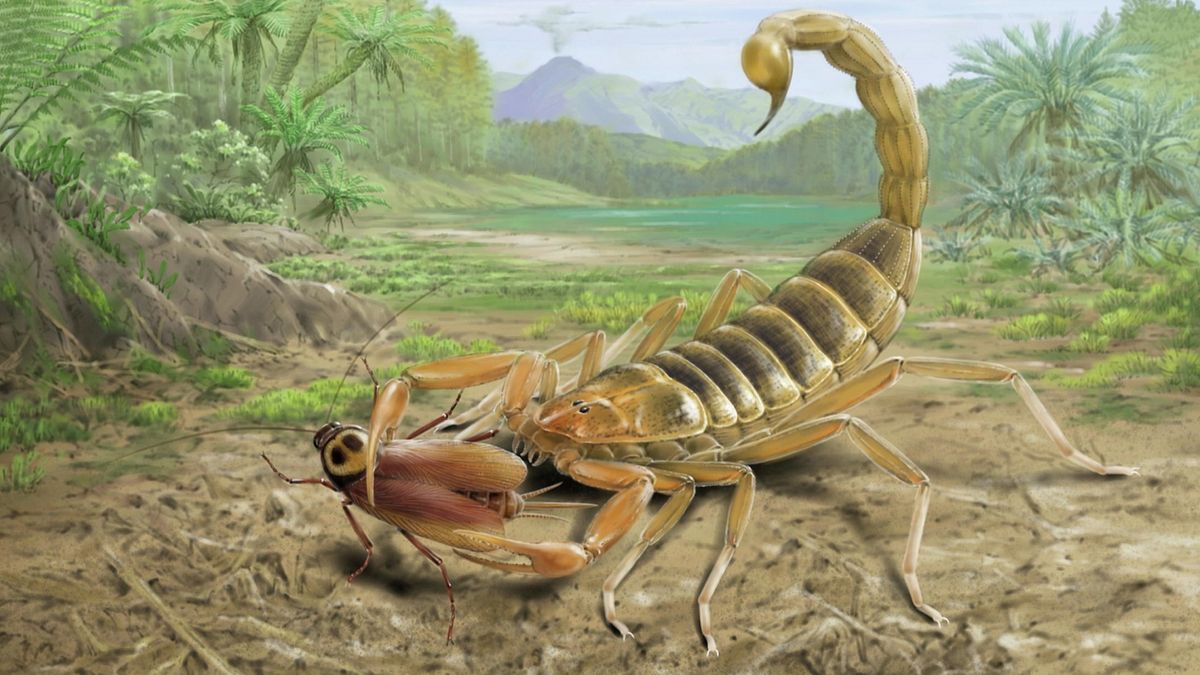Frozen, Not Broken: How Cherry Trees Outsmart Winter's Deadly Chill
Science
2025-04-13 08:11:07Content

In the frosty landscapes of British Columbia, sweet cherry trees reveal an extraordinary survival strategy that defies the harsh winter conditions. These resilient trees possess a remarkable ability called supercooling, which allows their delicate flower buds to remain unfrozen even when temperatures plummet well below zero.
This natural defense mechanism is nothing short of botanical magic. By carefully managing the water within their buds, cherry trees can prevent ice crystals from forming, maintaining a liquid state that protects their future blossoms from devastating frost damage. It's a delicate dance of survival that showcases nature's incredible adaptability.
However, this intricate balance is fragile. A sudden, unexpected cold snap can quickly shatter this protective mechanism, potentially destroying an entire season's potential harvest. The January 2024 extreme weather event served as a stark reminder of how vulnerable these trees can be when temperatures drop dramatically and unexpectedly.
The supercooling phenomenon is a testament to the incredible resilience of plant life, demonstrating how trees have evolved sophisticated strategies to survive in challenging environments. It's a fascinating glimpse into the complex world of botanical survival, where every degree of temperature can mean the difference between life and potential destruction.
Nature's Resilient Guardians: The Extraordinary Survival Mechanism of Sweet Cherry Trees in British Columbia
In the heart of British Columbia's agricultural landscape, a remarkable botanical phenomenon unfolds during the harsh winter months, revealing the intricate survival strategies of sweet cherry trees that challenge our understanding of plant resilience and adaptation.Unveiling the Secrets of Botanical Survival in Extreme Conditions
The Supercooling Phenomenon: A Botanical Marvel of Survival
Sweet cherry trees have developed an extraordinary defense mechanism that defies the conventional limits of plant survival. Unlike most living organisms, these remarkable trees possess an intricate biological system that allows them to maintain cellular integrity in sub-zero temperatures. The process of supercooling represents a sophisticated biological adaptation that prevents water within plant cells from crystallizing, which would otherwise cause catastrophic cellular damage. Scientists have long been fascinated by this remarkable survival strategy. The trees essentially create a delicate internal environment where water remains in a liquid state despite temperatures that would typically cause immediate freezing. This process involves complex molecular interactions and precise cellular mechanisms that protect the tree's most vulnerable structures, particularly the delicate flower buds that are crucial for future fruit production.Climatic Challenges and Ecological Resilience
British Columbia's unpredictable winter climate presents a formidable challenge to agricultural ecosystems. The region experiences dramatic temperature fluctuations that can push plant life to its absolute limits. Sweet cherry trees have evolved a remarkable set of survival mechanisms that allow them to withstand these extreme conditions, demonstrating an incredible level of ecological adaptability. The delicate balance of supercooling can be disrupted by sudden temperature drops, creating a precarious situation for these trees. Researchers have observed that even a brief moment of extreme cold can potentially compromise the entire survival strategy, highlighting the fragile nature of this sophisticated biological defense mechanism.Molecular Mechanisms of Plant Survival
At the cellular level, sweet cherry trees employ a complex array of biochemical strategies to prevent freezing. Special proteins and sugar compounds act as natural antifreeze agents, modifying the internal cellular environment to resist crystallization. These molecular guardians work tirelessly to maintain the tree's structural integrity during the most challenging winter conditions. The process involves intricate interactions between cellular components, creating a protective environment that allows the tree to essentially suspend its normal metabolic processes. This state of suspended animation enables the sweet cherry trees to conserve energy and protect their most critical reproductive structures from the devastating effects of extreme cold.Implications for Agricultural Innovation
Understanding the supercooling mechanism of sweet cherry trees opens up fascinating possibilities for agricultural research and crop development. Scientists are exploring how these natural survival strategies might be applied to develop more resilient crop varieties that can withstand increasingly unpredictable climate conditions. The research extends beyond sweet cherry trees, offering insights into plant adaptation that could revolutionize our approach to agricultural sustainability. By decoding the molecular mechanisms that allow these trees to survive in extreme conditions, researchers hope to develop more robust and climate-resistant crop varieties that can ensure food security in challenging environmental contexts.The Delicate Dance of Survival
The story of sweet cherry trees in British Columbia is a testament to the incredible resilience of nature. Their ability to survive in seemingly impossible conditions challenges our understanding of biological adaptation and reveals the complex strategies that life employs to persist in the face of extreme challenges. As climate change continues to reshape our understanding of ecological systems, these remarkable trees stand as a powerful reminder of nature's incredible capacity for survival and adaptation.RELATED NEWS
Science

Scientific Elite: UCR Professors Earn Prestigious National Academy of Sciences Membership
2025-05-02 20:15:24
Science

Underwater Symphony: Sharks Crackle and Buzz in Stunning Acoustic Discovery
2025-03-26 00:05:08






